
Tashichho Dzong Thimphu
The majestic Tashichho Dzong, a fortress and monastery, is the seat of Bhutan's government and spiritual life.
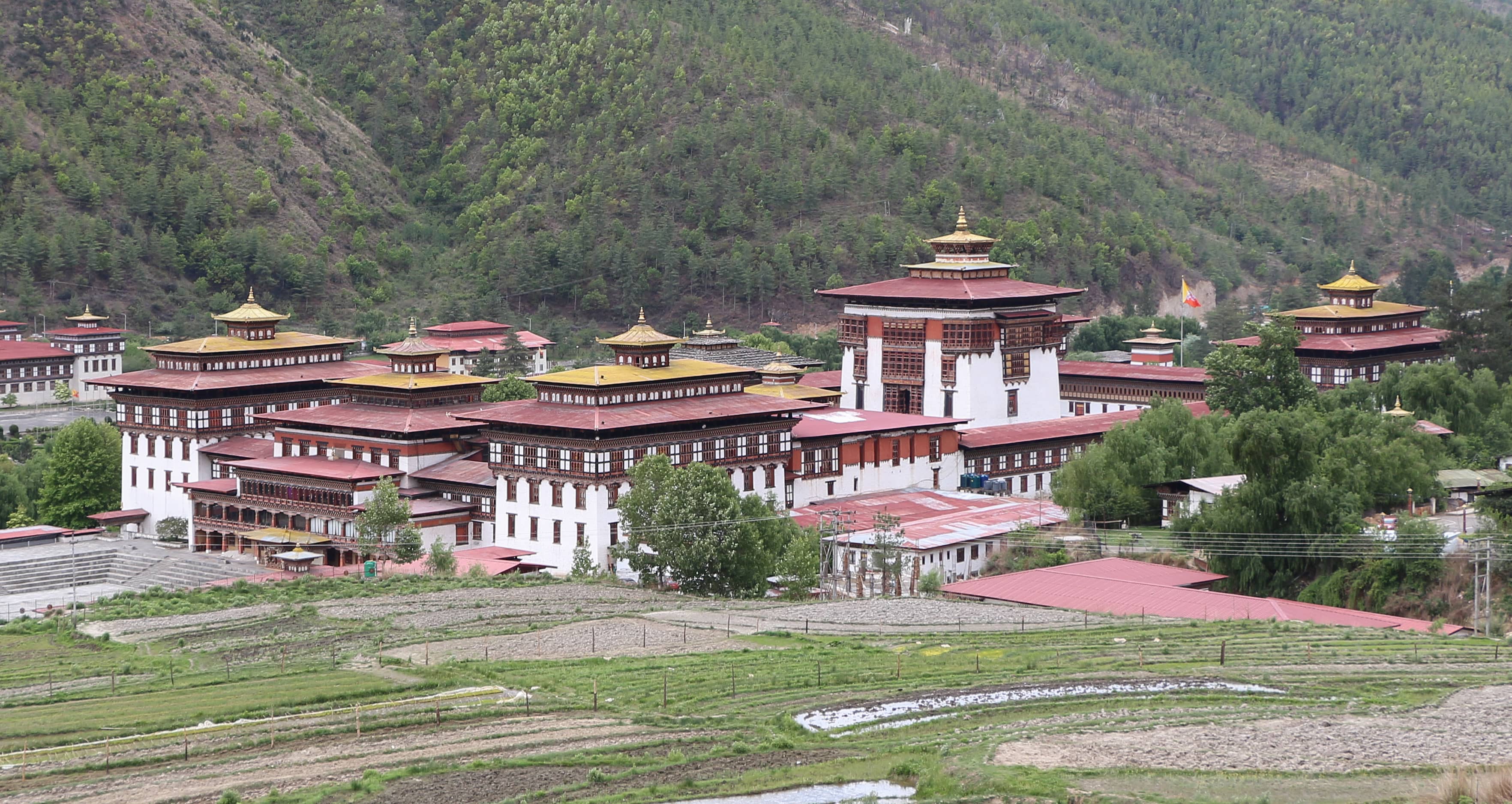
Highlights
Must-see attractions
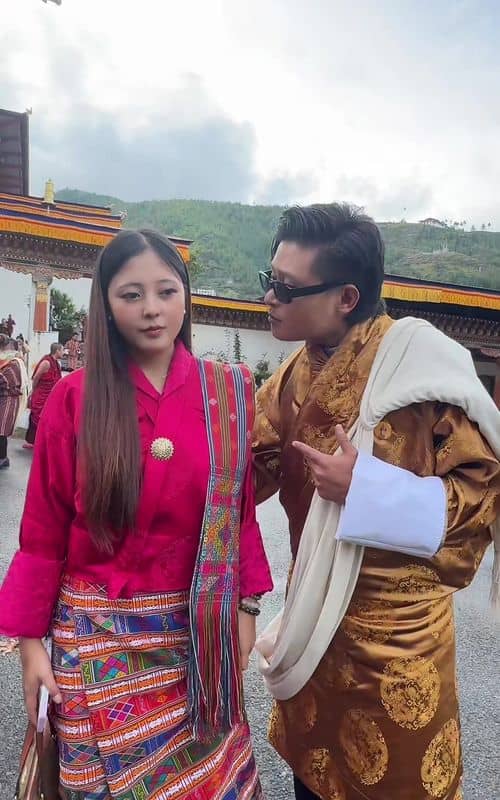
Social
From TikTok & Reddit
Best Time
Government offices close

Tashichho Dzong Thimphu
Best Time
Government offices close

Highlights
Must-see attractions
The majestic Tashichho Dzong, a fortress and monastery, is the seat of Bhutan's government and spiritual life.
"A masterpiece of Bhutanese architecture, Tashichho Dzong is the vibrant heart of Thimphu."

Dress Code is Key
Cover shoulders and knees. No shorts or revealing clothing allowed. :dress:
Check Visiting Hours
Dzong is open to visitors after government offices close. Confirm timings daily. :clock1:

Highlights
Discover the most iconic attractions and experiences

The Grand Architecture
Exterior Courtyards
Marvel at the intricate Bhutanese craftsmanship, gilded roofs, and imposing white walls of this historic fortress.

Flag Lowering Ceremony
Main Gate Area
Witness the daily ceremonial lowering of the Bhutanese flag, a visually striking display of national pride.

Throne Room and Government Offices
Interior (guided tours)
Gain insight into Bhutan's governance and royal history by visiting the King's throne room and administrative chambers.
Plans like a pro.
Thinks like you
Planning Your Visit
Timing Your Visit to Tashichho Dzong
Respectful Attire and Conduct
Best Times
Insider Tips
from TikTok, Instagram & Reddit
Dress Code is Key
Cover shoulders and knees. No shorts or revealing clothing allowed. :dress:
Check Visiting Hours
Dzong is open to visitors after government offices close. Confirm timings daily. :clock1:
Photography Rules
Photography is restricted inside the dzong. Be mindful of signs. :camerawithflash:
Respectful Demeanor
Maintain a quiet and respectful attitude within the sacred grounds. :pray:
Tips
from all over the internet
Dress Code is Key
Cover shoulders and knees. No shorts or revealing clothing allowed. :dress:
Check Visiting Hours
Dzong is open to visitors after government offices close. Confirm timings daily. :clock1:
Photography Rules
Photography is restricted inside the dzong. Be mindful of signs. :camerawithflash:
Respectful Demeanor
Maintain a quiet and respectful attitude within the sacred grounds. :pray:
Flag Ceremony Spectacle
Don't miss the impressive flag lowering ceremony in the late afternoon. :flag_bh:
What Travellers Say
Reviews Summary
Tashichho Dzong is widely praised for its magnificent architecture and its role as the spiritual and administrative heart of Bhutan. Visitors are captivated by the grandeur of the fortress, the intricate details, and the impressive flag lowering ceremony. Some find the visiting hours restrictive, and photography limitations can be a drawback for enthusiasts.
What People Like
What People Dislike
Frequently Asked Questions
🚇 🗺️ Getting There
Tashichho Dzong is located on the southern edge of Thimphu city. It's easily accessible by taxi or a short walk from the city center. Many tours include transportation to the dzong.
Yes, there is a parking area available near the dzong for visitors arriving by private vehicle or taxi.
Yes, if you are staying in the central part of Thimphu, it's a pleasant walk to Tashichho Dzong, taking about 20-30 minutes.
For a day trip, hiring a taxi for the day or booking a guided tour that includes transportation is highly recommended for convenience.
Generally, all routes leading to the dzong are well-maintained. The main approach is from the south, along the river.
🎫 🎫 Tickets & Entry
Entry to the outer courtyards of Tashichho Dzong is generally free. However, access to specific interior areas or guided tours might incur a fee. It's best to check on-site for any current charges.
Tashichho Dzong is typically open to visitors in the evenings, after the government offices have closed, usually from around 5 PM to 6 PM on weekdays. On weekends, it may be open for longer hours. Always verify the current timings.
Visiting on a Bhutanese holiday might be restricted or have different timings. It's advisable to check with local authorities or your tour operator beforehand.
You can explore the outer courtyards independently. However, for access to certain areas like the throne room, a guide might be mandatory or recommended.
Entry is generally permitted after office hours on weekdays and for longer periods on weekends. Specific restrictions might apply on national holidays or during special events.
🎫 🏛️ Onsite Experience
Visitors must dress modestly, covering shoulders and knees. Avoid wearing shorts, short skirts, or sleeveless tops. Traditional Bhutanese attire is not required but respectful clothing is mandatory.
Photography is strictly prohibited inside the dzong buildings, including the throne room and monastic areas. You can take photos of the exterior architecture and courtyards.
The flag lowering ceremony is a daily ritual where the Bhutanese flag is ceremoniously lowered at sunset. It's a significant event showcasing national pride and discipline.
A typical visit to explore the courtyards and witness the flag ceremony can take about 1-2 hours. If you opt for a guided tour of interior sections, it might extend to 2-3 hours.
While the main courtyards are relatively accessible, some areas within the dzong might have stairs and uneven surfaces, which could pose challenges for individuals with mobility issues.
📸 📸 Photography
The exterior of the dzong, especially during sunrise or sunset, offers stunning photographic opportunities. The courtyards and the surrounding landscape also provide beautiful backdrops.
Drone usage is generally prohibited in and around Tashichho Dzong due to its status as a government and religious site. Always check local regulations.
The golden hours, just after sunrise and before sunset, offer the most dramatic lighting for photographing the dzong's architecture.
Yes, you can photograph the flag lowering ceremony from designated areas outside the main gate. Be mindful of other visitors and avoid obstructing the view.
A versatile lens (like a 24-70mm) is useful for capturing both wide architectural shots and details. A wide-angle lens is great for the grand exteriors.
For Different Travelers
Tailored advice for your travel style
👨👩👧 Families with Kids
Consider visiting during the late afternoon to catch the flag ceremony, which can be more engaging for younger attention spans. Pack snacks and water, as dining options directly at the dzong are limited. The walk to the dzong from Thimphu town can also be a fun part of the adventure for active families.
📸 Photographers
Experiment with different angles and perspectives to showcase the dzong's grandeur. Wide-angle lenses are excellent for capturing the entire structure, while telephoto lenses can be used to highlight specific architectural elements. Remember that photography is prohibited inside the dzong, so make the most of the exterior and courtyard views.
Deep Dives
In-depth insights and expert knowledge
The History and Significance of Tashichho Dzong
Today, Tashichho Dzong is not just a historical monument but a living institution. It houses the throne room of His Majesty the King, the offices of the Prime Minister, and various government ministries. It also serves as the summer residence of the Je Khenpo (Chief Abbot) and the central monastic body. This unique triple function—government administration, monastic center, and royal residence—makes it one of the most important dzongs in Bhutan, embodying the nation's rich cultural heritage and its contemporary governance.
Visitors are often struck by the dzong's imposing architecture, characterized by its massive white walls, intricate woodwork, and gilded roofs that gleam in the sunlight. The construction itself is a marvel, reportedly built without the use of a single nail. Exploring its courtyards offers a glimpse into the grandeur and serenity that define Bhutanese spiritual and administrative life.
Experiencing the Flag Lowering Ceremony
The ceremony involves the ceremonial lowering of the Bhutanese national flag, accompanied by a solemn procession. It's a moment that draws both locals and tourists, offering a unique cultural spectacle. Visitors are advised to arrive a bit early to secure a good viewing spot, as it can get crowded. Remember that photography is usually permitted from a distance, but it's always wise to check for any specific restrictions on the day of your visit.
Witnessing this ceremony provides a profound sense of Bhutan's national pride and its deep respect for tradition. It’s a powerful reminder of the country's unique identity and its commitment to preserving its cultural heritage.

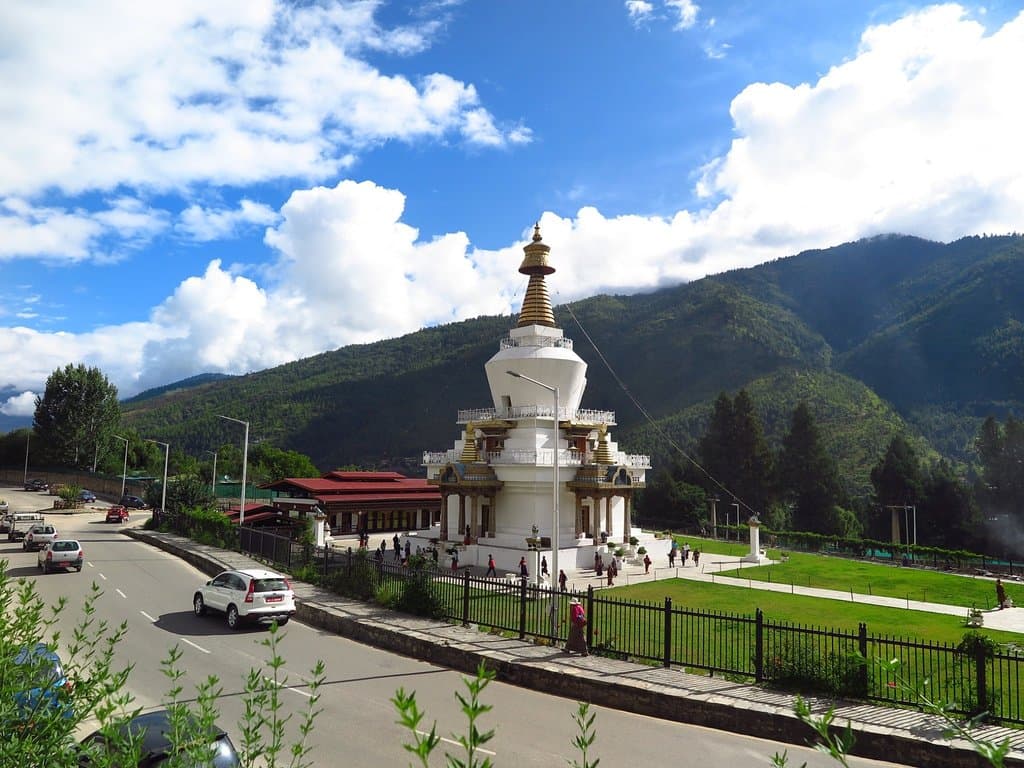

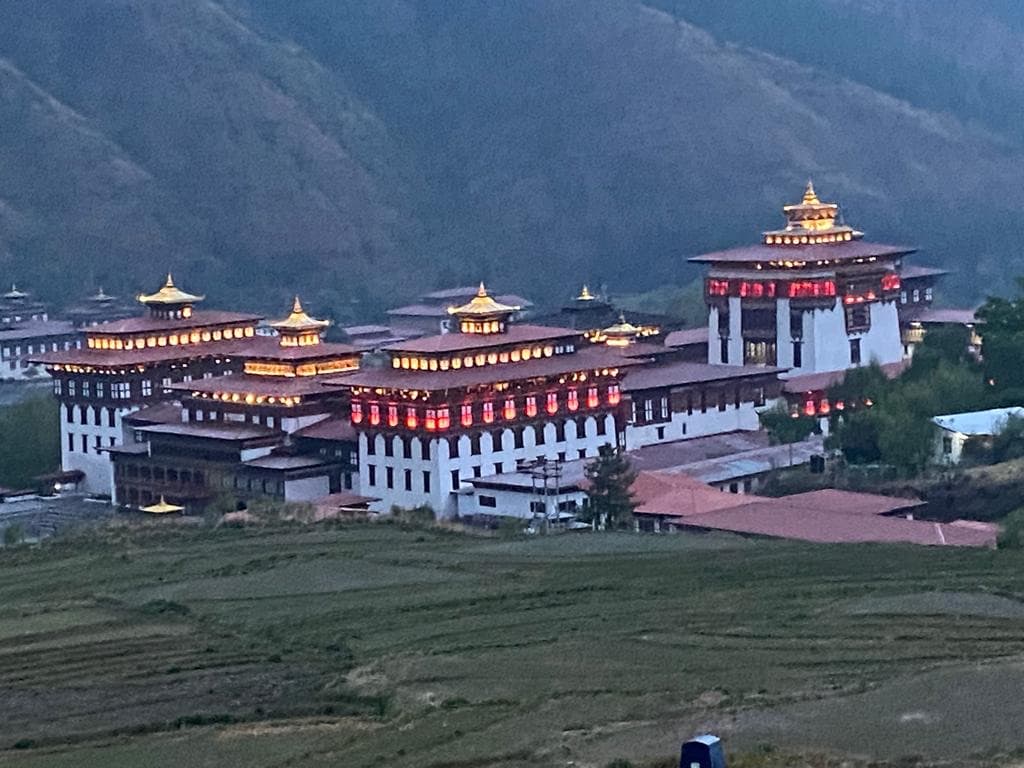
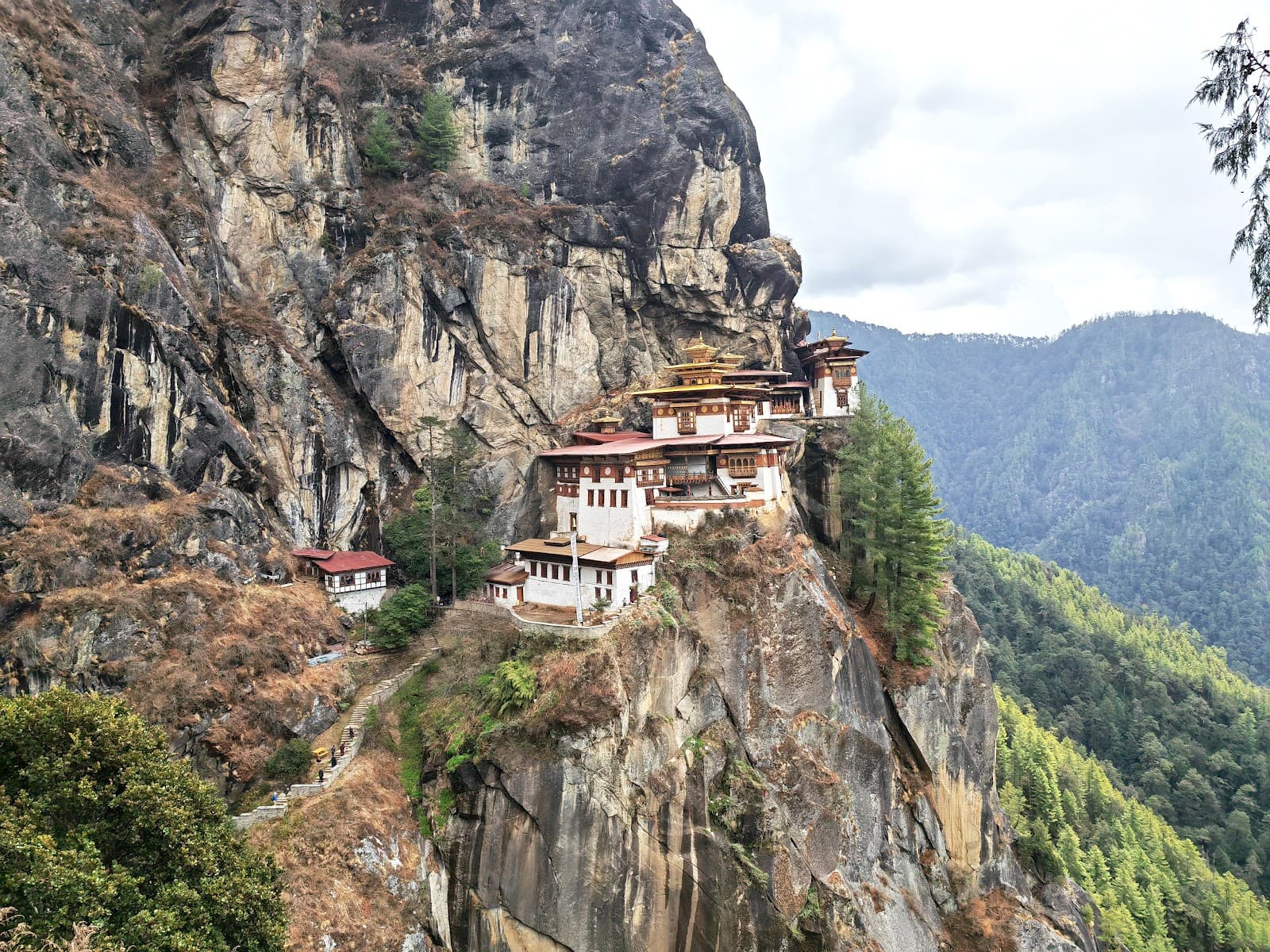
Social
from TikTok, Instagram & Reddit